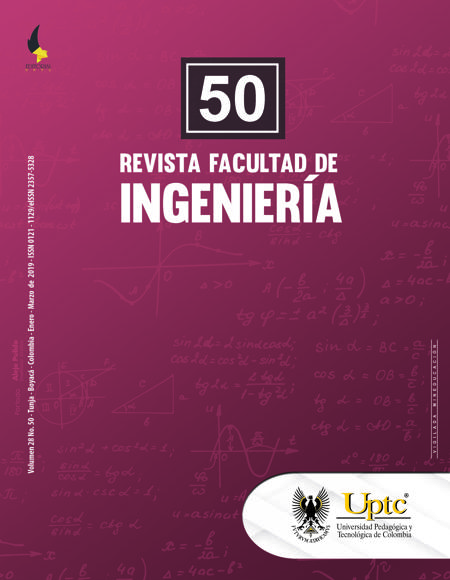Estudio de redes neuronales para el pronóstico de la demanda de asignaturas

Resumen
La planeación de cursos de un centro educativo o universidad está compuesta por múltiples problemas complejos como lo es la asignación de horarios para los alumnos, salones y profesores para cada asignatura. Uno de los problemas iniciales es determinar la cantidad de asignaturas que se ofertarán; este problema parece sencillo a simple vista ya que una vez que se tenga la información de la cantidad de alumnos aprobados para cada asignatura, se puede calcular fácilmente la siguiente demanda de asignaturas. Sin embargo, existen ocasiones en los que la planeación de cursos del siguiente período inicia antes de tener la información relativa a la aprobación de los alumnos. Lo cual nos lleva al problema del pronóstico de los porcentajes de aprobación para calcular la demanda de asignaturas de los alumnos. En este trabajo se compara el desempeño de modelos causales contra modelos estadísticos para el pronóstico de los porcentajes de aprobación y reprobación de los alumnos. Los resultados finales muestran una ventaja importante de los métodos causales sobre los métodos estadísticos para los casos de prueba. Consideramos que esta ventaja ocurre debido a que el modelo causal aprende los patrones de comportamiento de los datos de entrenamiento de forma independiente en vez de generalizar porcentajes de acreditación. Además de lo anterior, el método estadístico puede presentar problemas importantes al tratar de pronosticar porcentajes de acreditación para situaciones que no se encuentren en los datos de entrenamiento, mientras que el modelo causal utilizará la información aprendida para pronosticar dichas situaciones.
Palabras clave
planeación estratégica, pronóstico de demanda, redes neuronales artificiales
Citas
[1] J. C. Chambers, S. K. Mullick, and D. D. Smith, “How to choose the right forecasting technique,” Hardvard Business Review, 1971.
[2] J. S. Armstrong, “Principles of Forecasting: A Handbook for Researchers and Practitioners,” International Series in Operations Research & Management Science, Springer US, Boston, MA, 2001. DOI: https://doi.org/10.1007/978-0-306-47630-3.
[3] C. D. Bailey, and S. Gupta, “Judgement in learning-curve forecasting: a laboratory study,” J. Forecast., vol. 18 (1), pp. 39–57, Jan. 1999. DOI: https://doi.org/10.1002/(SICI)1099-131X(199901)18:1<39::AID-FOR683>3.0.CO;2-N.
[4] J. E. Hanke, and D. W. Wichern, Pronosticos en los Negocios, Pearson Educación, 2010.
[5] W. Jun, L. Yuyan, T. Lingyu, and G. Peng, “Modeling a combined forecast algorithm based on sequence patterns and near characteristics: An application for tourism demand forecasting,” Chaos, Solitons & Fractals, vol. 108, pp. 136-147, Mar. 2018. DOI: https://doi.org/10.1016/j.chaos.2018.01.028.
[6] L. G. Ruiz, R. Rueda, M. P. Cuéllar, and M. C. Pegalajar, “Energy consumption forecasting based on Elman neural networks with evolutive optimization,” Expert System with Applications, vol. 92, pp. 380-389, Feb. 2018. DOI: https://doi.org/10.1016/j.eswa.2017.09.059.
[7] W. He, “Load forecasting via deep neural networks,” Procedia Computer Science, vol. 122, pp. 308-314, Jan. 2017. DOI: https://doi.org/10.1016/j.procs.2017.11.374.
[8] F. Moretti, S. Pizzuti, S. Panzieri, and M. Annunziato, “Urban traffic flow forecasting through statistical and neural network bagging ensemble hybrid modeling,” Neurocomputing, vol. 167, pp. 3-7, Nov. 2015. DOI: https://doi.org/10.1016/j.neucom.2014.08.100.
[9] X. Feng, Q. Li, Y. Zhu, J. Hou, L. Jin, and J. Wang, “Artificial neural networks forecasting of PM 2.5 pollution using air mass trajectory based geographic model and wavelet transformation,” Atmospheric Environment, vol. 107, pp. 118-128, Apr. 2015. DOI: https://doi.org/10.1016/j.atmosenv.2015.02.030.